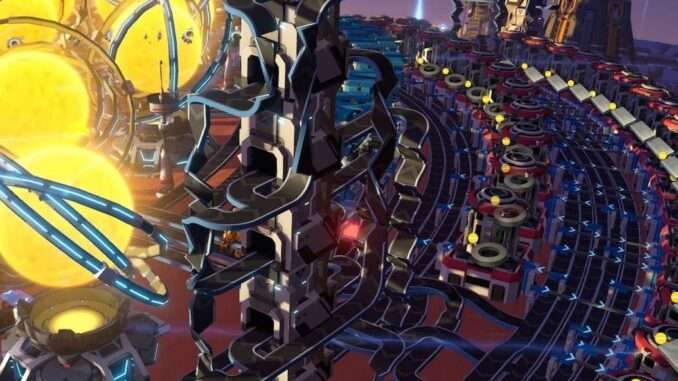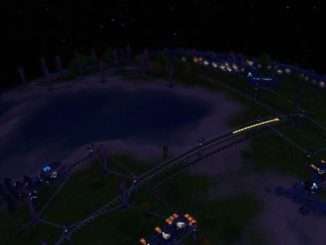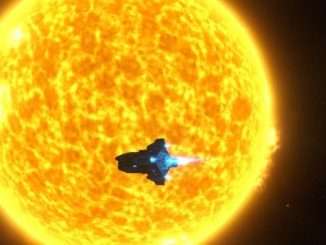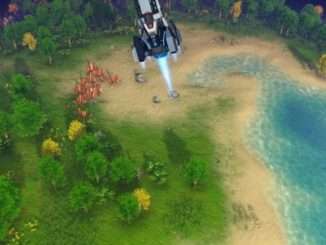
Sushi belts, named after conveyor belt sushi restaurants, are belts that carry different types of components on the same belt. Sushi belts can be an elegant and efficient solution when producing relatively small amounts of items from a large variety of different components, for example in a mall.
Mixed Item Belts Guide
What are Sushi Belts?
Sushi belts, named after conveyor belt sushi restaurants, are belts that carry different types of components on the same belt. Sushi belts can be an elegant and efficient solution when producing relatively small amounts of items from a large variety of different components. A typical application for sushi belts is a mall producing all different kinds of buildings. That’s why I use simple malls as examples. They’re in no way meant to be used as actual malls but merely serve to demonstrate the fundamental principles of sushi belts in Dyson Sphere Program.
Unlike Factorio, Dyson Sphere Program has no circuit network that would allow to control the number of components of each type on the belt. To keep sushi belts balanced and prevent them from becoming clogged, unused components must be taken off the belt. To achieve this, I’ve come up with two different ways and three different designs that I want to present to you in this guide.
The First Design
The first and seemingly easiest design makes use of the fact that sorters have a limited transport capacity that’s considerably slower than the carrying capacity of a belt. 8 Mk. I sorters of length 1 are needed to completely saturate a Mk. II belt. Because true belt loops stop moving when there’s no free space left you should always have less sorters than can fully saturate the belt. That’s why you can use 7 Mk. I sorters to place 7 different items on a single Mk. II belt if you make sure everything is consumed from the belt. In the first design, filtered Mk. II sorters make sure, every item that’s not been consumed gets taken off the belt before a new item of the same type is placed on the belt.

The downside of this simple design is that you must carefully calculate the combined capacity of all your placing sorters to not exceed the capacity of the belt. Placing a splitter at any point breaks the loop and usually prevents the belt from becoming stuck when fully saturated. I implemented this as an extra precaution in my first example.
The Second Design
The second, more sophisticated and far more flexible design makes use of the new box-on-splitter type buffers together with splitters to combine equal amounts of different components on the sushi belt and filtered splitters to take unused components off the belt and put them back into their respective buffer boxes. The individual components are fed from behind the buffers using T junctions that prioritize recycled components. You can for example place Logistics Distributors on the rear row of boxes to provide fresh items. The front row of boxes are only used as buffers.

This design ensures that the sushi belt is always filled to 100 % capacity even when some components are missing. Once the missing components are available again, the buffers and splitters make sure the belt is balanced again. By not merging components evenly, you can easily put more components of one type on the belt. In my example, I fill the belt to 1/3 with iron ingots and 1/9 with each of the other components.
The Third Design
The third and final design uses Planetary Logistics Stations as supply and as buffers. The rear row of PLSes request components, the front row must be set to storage only and functions purely as buffers. The main advantage over the Box-on-Splitter design comes with research of Logistics Station integrated logistics which basically quadruples the belt’s capacity.

Things Worthy of Note
- There’s no way to limit the number of items a splitter puts on a belt. You must consume everything from a sushi belt.
- Belt loops get stuck when they’re full. Don’t build belt loops.
- You can’t use blue sorters on sushi belts once you research the sorter cargo stacking tech. They can’t fully unload their cargo and get stuck. Use green sorters.
- Use blue belts ans stacked items whenever possible to maximize production speed.
- You can build multiple parallel sushi belts to increase the overall capacity of your installation.
- Blueprints for all thee designs can be downloaded here.





Be the first to comment